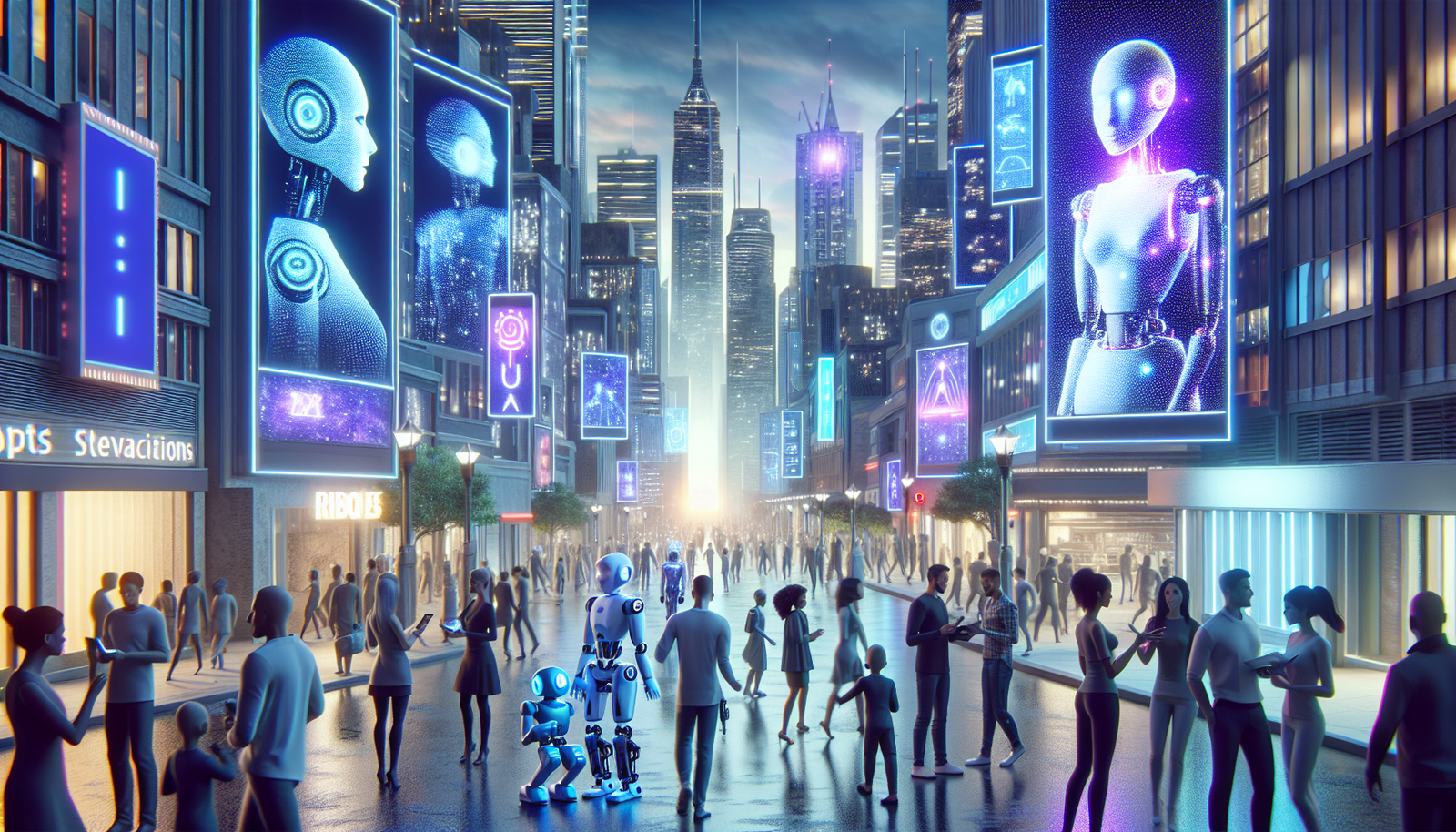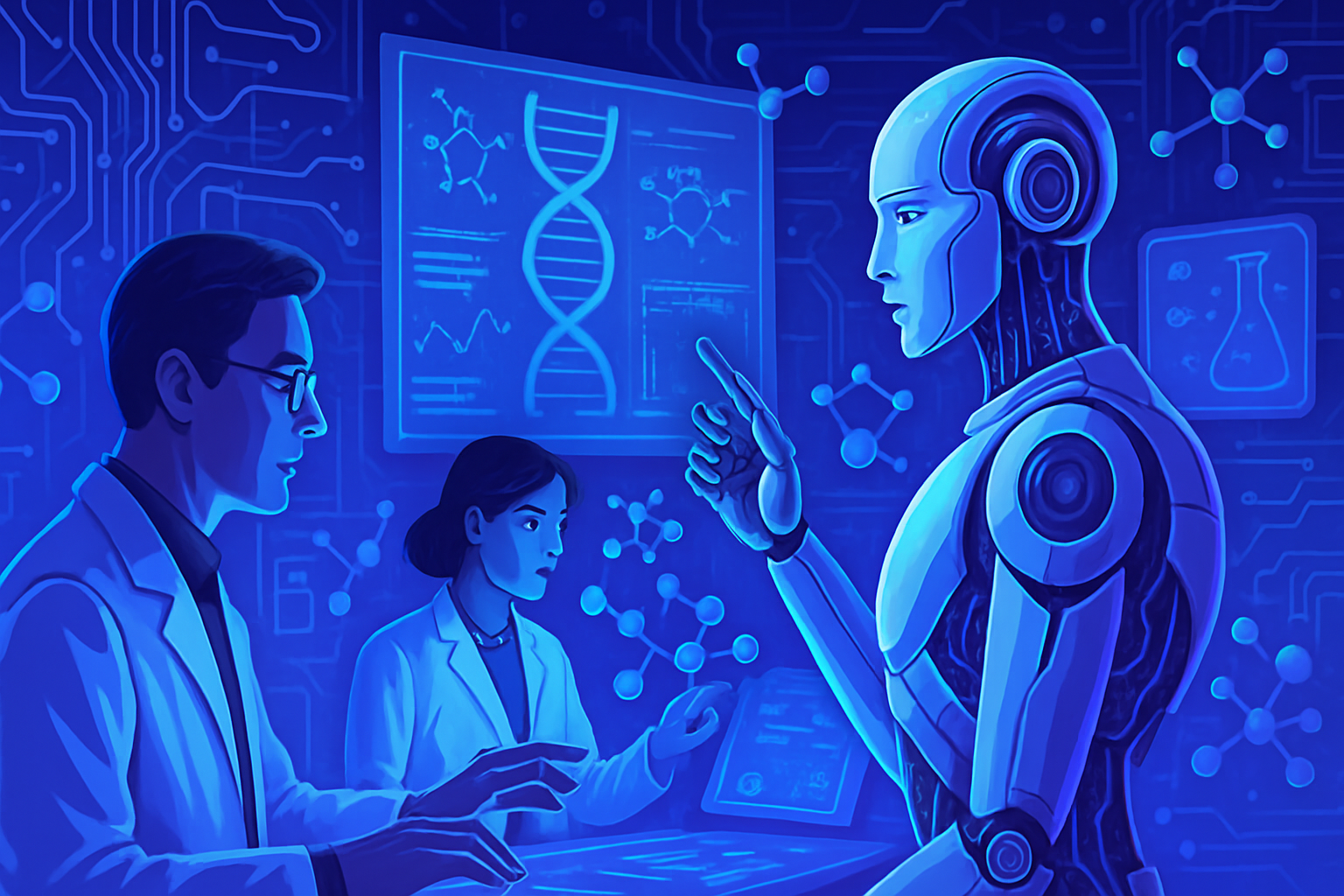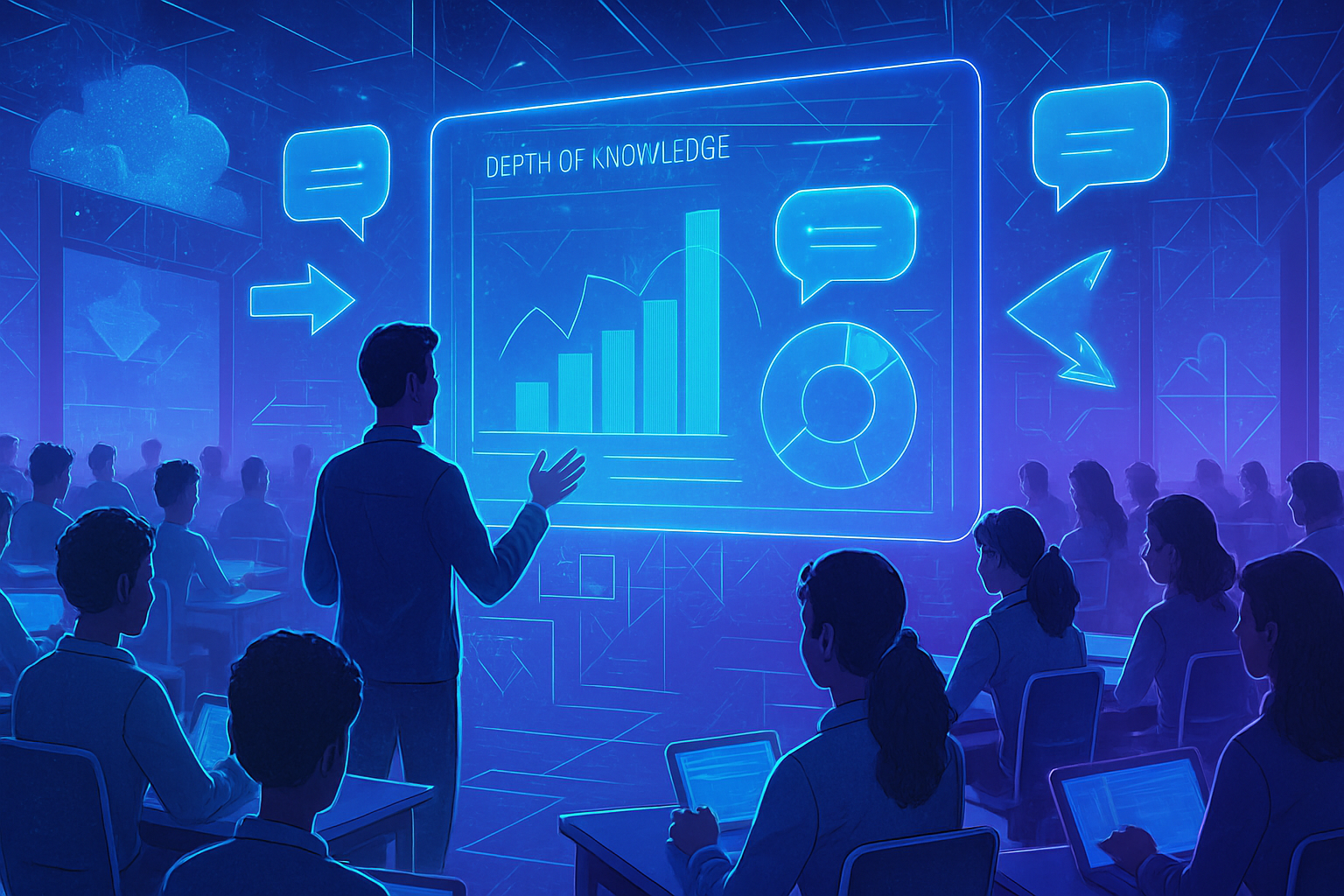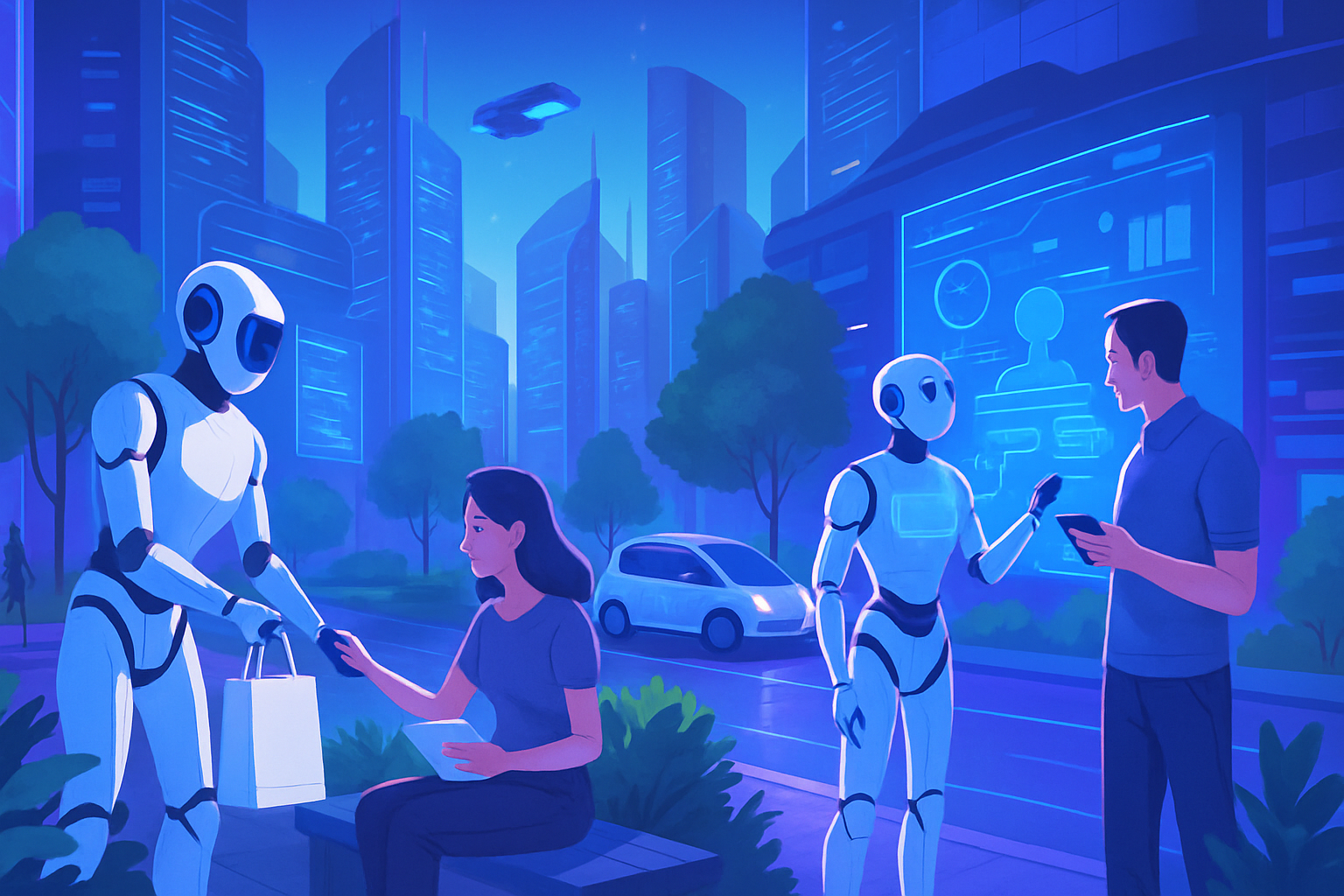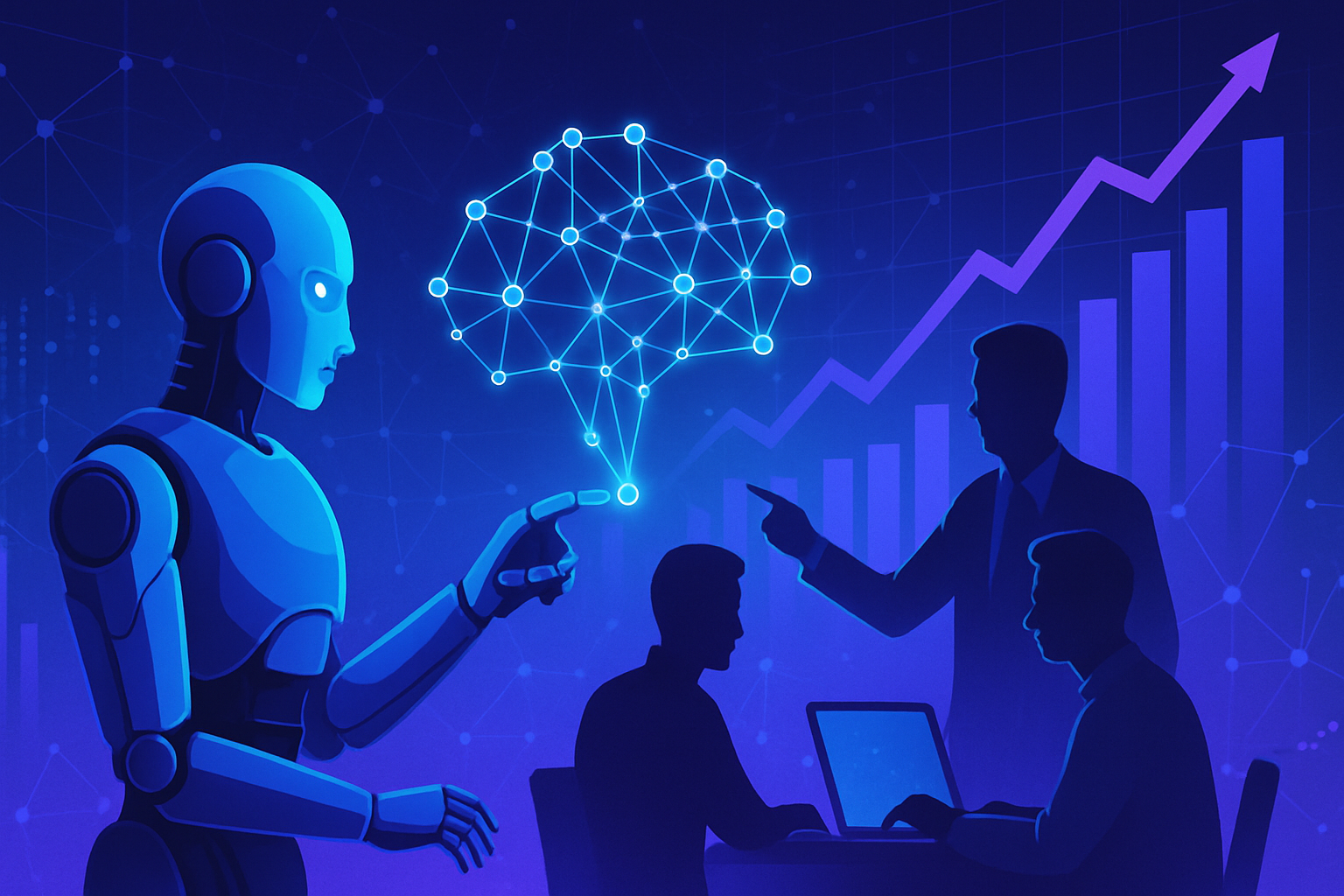The rise of OpenAI’s conversational robots is radically transforming our perception of advanced technologies. These *revolutionary innovations* are not just improving human interactions; they are redefining industrial standards. The competition to create sophisticated androids is intensifying, promising to eliminate tedious tasks and *increase efficiency*. The rapid advancements in linguistic models fuel this dynamic, prompting companies to invest heavily in this technology. The boundary between humans and machines is becoming increasingly blurred, raising unprecedented ethical and societal issues.
The rise of OpenAI’s conversational robots
OpenAI, known for its breakthroughs in artificial intelligence, is transforming the technological landscape. The company recently showcased its creation, a conversational robot capable of engaging in coherent and varied dialogues. This technological masterpiece represents a significant advancement in machines’ ability to interact with humans. The underlying GPT-4 language model generates impressively high-quality responses.
OpenAI’s conversational robots have sparked growing interest across various sectors, from customer service to productivity tools. By engaging in rich and relevant dialogues, these artificial intelligences convey a new approach to human-machine communication. The relevance of their responses encourages many organizations to consider integrating these systems into their daily operations.
The competition for sophisticated androids
The current dynamic surrounding androids is also situated within a context of fierce competition. Several companies are trying to surpass the level of intelligence and realism provided by OpenAI. The field of humanoid robots, in particular, is witnessing notable advances. The startup Figure AI, for instance, is developing robots whose primary mission is to transform dangerous jobs into autonomous tasks. This initiative highlights the aspiration for a future where robots tackle the most challenging missions.
Androids like those offered by Figure AI and other pioneers do not settle for simple tasks. They aspire to integrate into professional environments, as evidenced by recent deployments in factories, such as the partnership with BMW. Considerable sums, exceeding $675 million in funding, reflect investors’ interest in these revolutionary technologies. OpenAI, a key player in this sector, is contributing to this frenzied race with its valuable technological input.
The role of OpenAI in this technological revolution
OpenAI stands out through its continuous innovations, such as the integration of advanced linguistic models in robots from other companies. Thanks to the language vision models, robots are now capable of interacting not only verbally but also by recognizing and manipulating objects. This capability has even been the subject of humorous critiques about aspects like the robots’ voices, often compared to that of a “50-year-old smoker.” While these remarks may seem anecdotal, they actually highlight the quest for technical perfection.
Alongside OpenAI’s developments, other players are emerging in the market. NEO, the robot from 1X, and Apollo from Apptronik illustrate this fight for innovation. These androids, enhanced by artificial intelligence solutions, aim to perform a varied range of tasks. An experimentation phase in industrial environments, recently institutionalized, plays a significant role in this technological evolution.
The ethical and operational challenges
The rise of conversational and humanoid robots also raises ethical questions. Companies must assess the impact of these technologies on human employment. Virtual assistants may replace certain functions, but they also create new positions related to their development and maintenance. Issues of data protection and the ethical use of artificial intelligence justifiably concern decision-makers.
Groups like Meta, Google, and Microsoft are adapting their strategies to this emerging reality. They are focusing on multi-skilled virtual assistants while facing challenges of public acceptability and transparency. Other studies are examining the societal impact of chatbots in job interviews, revealing advantages and limitations that should be nuanced. The companies that wisely leverage these innovations will likely be the ones that emerge victorious.
A future populated by intelligent agents
On the horizon, a captivating vision is taking shape: that of a world populated by intelligent agents capable of making autonomous decisions. This perspective, supported by technical advancements such as the development of Nvidia’s kit at an affordable price, paves the way for broader adoption of AI. This vision of the future raises exciting debates about machine autonomy and their role within human society.
The quest for robots endowed with fine intelligence and adaptability continues, driven by the limitless potential of AI. Innovative projects, such as digital replicas able to interact with deceased loved ones, illustrate this transformation. An application of technological know-how, combined with ethical reflections, will shape the contours of this future. The stakes and benefits of such an evolution will profoundly mark the years to come.
Frequently Asked Questions about the rise of OpenAI’s conversational robots and the competition for sophisticated androids
What are the main advantages of OpenAI’s conversational robots?
OpenAI’s conversational robots, such as ChatGPT, offer a smooth and natural interaction capability, enabling users to obtain instant information while enhancing the customer experience through personalized and rapid responses.
How does OpenAI influence competition between androids?
OpenAI drives competition by developing advanced language models that enable androids to better understand and interact with their human environment, making technology more accessible and relevant across various sectors.
What types of tasks can OpenAI’s conversational robots perform?
These robots can carry out a wide range of tasks, from customer service to information management, including process automation, thereby increasing their added value in the professional world.
Which companies are leveraging OpenAI’s technologies to develop androids?
Several companies, such as Tesla, Apptronik, and Figure AI, integrate OpenAI’s technologies into their androids to enhance their dialogue and interaction capabilities, allowing them to carry out varied tasks.
What are the current limitations of the conversational robots and androids developed by OpenAI?
Although impressive, OpenAI’s conversational robots and androids still present limitations, such as occasionally altered contextual understanding and response times that may seem slow, affecting their overall autonomy.
How can we ensure that the use of OpenAI’s conversational robots adheres to ethical standards?
It is essential to establish clear guidelines on data use, respect for users’ privacy, and transparency in interaction to ensure that the integration of robots into society is ethical and responsible.
What are the future application scenarios for androids thanks to OpenAI’s advancements?
Androids could soon be used in domestic environments to assist the elderly, in workplaces to automate complex tasks, and even in healthcare to enhance service efficiency.
